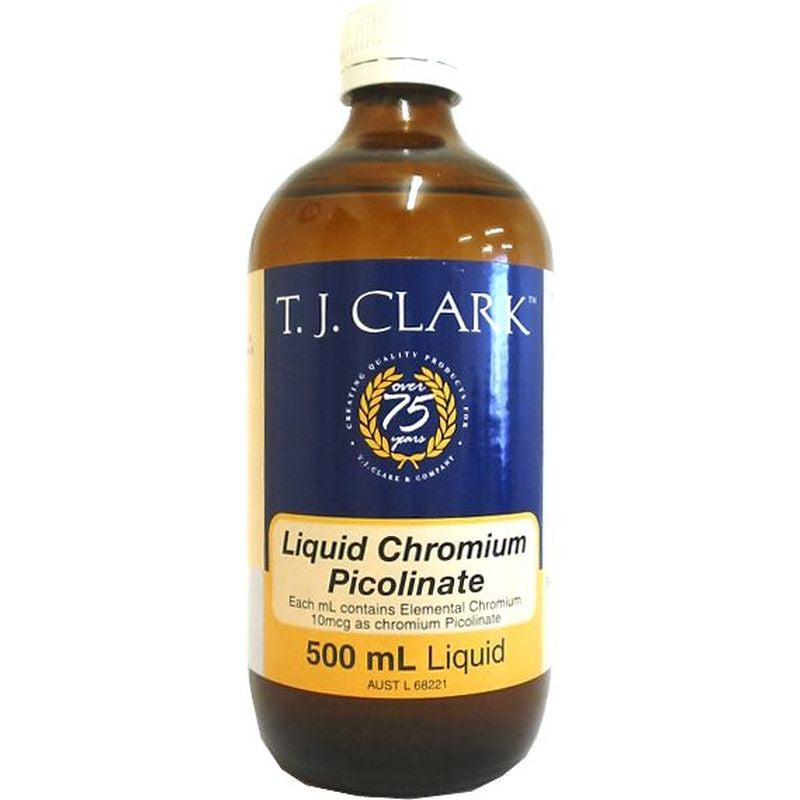


Original Assignee ConreLabs Priority date (The priority date is an assumption and is not a legal conclusion. Google has not performed a legal analysis and makes no representation or warranty as to the accuracy of the list.) Google has not performed a legal analysis and makes no representation as to the accuracy of the status listed.) Expired - Fee Related Application number US08/314,263 Inventor Yeni Wong Current Assignee (The listed assignees may be inaccurate.
#CHROMIUM NICOTINATE PDF#
Google Patents Method of synthesis of chromium amino acid nicotinate complexĭownload PDF Info Publication number US5536838A US5536838A US08/314,263 US31426394A US5536838A US 5536838 A US5536838 A US 5536838A US 31426394 A US31426394 A US 31426394A US 5536838 A US5536838 A US 5536838A Authority US United States Prior art keywords chromium aqueous solvent amino acids complex nicotinic acid Prior art date Legal status (The legal status is an assumption and is not a legal conclusion. Google Patents US5536838A - Method of synthesis of chromium amino acid nicotinate complex The best interactions with the receptor are the structure model trans with the lowest interaction energy interaction.US5536838A - Method of synthesis of chromium amino acid nicotinate complex The ONIOM calculation showed the bond between the complexes of chromium(III) nicotinic with PTP is hydrogen bonding. The similar things at modelof N-coordinated to Cr with trans position interact with amino acids Leu13, Ser47, Trp49, Asn50 and Tyr131 the interaction energy is -6.5 kcal/mol. As for the structure model cis have -6.1 kcal/mol interaction energy and the amino acid Ile16, Trp49, Asn50, Arg53, Asp56 and Tyr131. The docking results showed that trans position interact with Leu13, Gly14, Cys17, Arg18, Trp49 and Asn50 with the interaction energy is -6.5 kcal/mol. The optimization of the complex structure of chromium(III) nicotinic using Gaussian 09, the docking process is performed using Autodock Vina. The chromium(III) nicotinic complexes an antidiabetic supplement that have been demonstrated in vitro, to determine the role of chromium(III) nicotinic as a supplement antidiabetic learned through the docking mechanism. This study aims to understand the interaction between Chromium(III) nicotinate and with the position of trans and cis as a substrate with receptors Protein Tyrosine Phosphatase(PTP). The results demonstrate by comparison that Cr–N bond breaking is a much slower process than Cr–O bond fission.read more read lessĪbstract: Docking simulation is important in the process of drug design, mainly used for the prediction of interactions receptor(protein)–substrate.

The Cr–N bond breaking proceeds via two paths: spontaneous and acid-catalyzed kobs=k0 + kHQH, where k0 and kH are the spontaneous and acid catalyzed rate constants and QH is the protonation constant of the carboxylic group in the N-bonded nicotinic acid. The rate of Cr–O bond breaking is dependent: kobs=kHQH, where kH is the acid-catalyzed rate constant and QH is the protonation constant of the nonbonded oxygen atom in the O-coordinated ligand. The rate equations were determined and a mechanism is proposed. The kinetics of nicotinate ligand liberation were studied spectrophotometrically in the 0.1–1.0 m HClO4 range, at I=1.0 m. Abstract: Two new chromium(III)–nicotinate complexes, cis-− and cis-−, were obtained and characterized in solution (where O-nic=O-bonded and N-nic=N-bonded nicotinic acid).


 0 kommentar(er)
0 kommentar(er)
